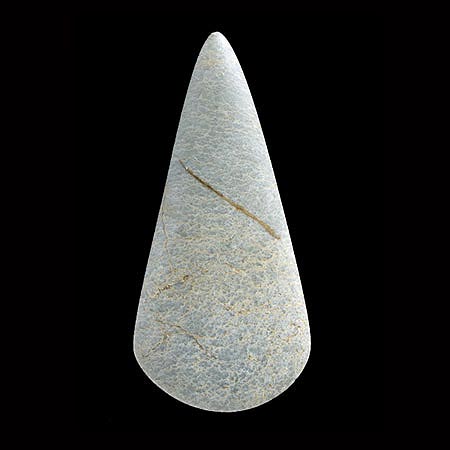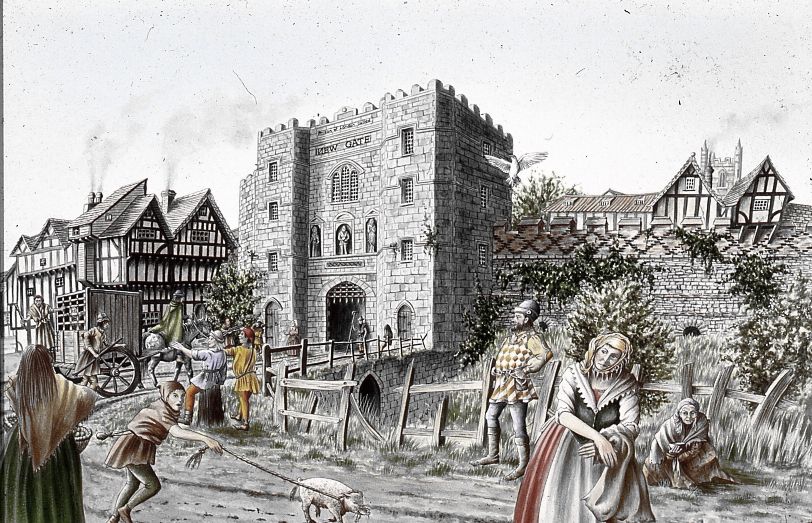Every Thursday (from Jan 7th 2021) at 6.30pm Exit 2 Bank Underground Station
A walk which explores the City of London that was destroyed by the Great Fire of London in 1666. By 1400 London was dominating the affairs of the Kingdom in spectacular fashion and had grown into a sophisticated medieval Capital, competing against the great capitals of Europe.
We will walk in the footsteps of Geffrey Chaucer, in the muddy City Streets, exploring the unhealthy conditions and poverty amidst great riches and pageantry. It was a cosmopolitan City with colonies of Italians, Germans, Dutch, and French who lived cheek by jowl with native Londoners.
By the 16th Century despite repeated visitations of plague, the huge influx of newcomers created non-stop growth in London. There was a corresponding increase in trade, in crime, in violence, and in creativity.
There were riots against foreigners, riots against May Revels, and burnings at the stake of both protestants and catholics as society struggled to cope with the impact of religious change.
With so many young people drawn into the City to work in its expanding industries, entertainment grew more sophisticated and poets could make a living penning entertainments to the masses. The London landscape changed dramatically as new renaissance inspired architecture began to replace the medieval timber framed buildings and the old medieval monasteries were pulled down.
We explore London in one of its greatest periods of change. The walk is given alternately by Kevin Flude & Leo Heaton
This is a walk for London Walks
Like this:
Like Loading...




